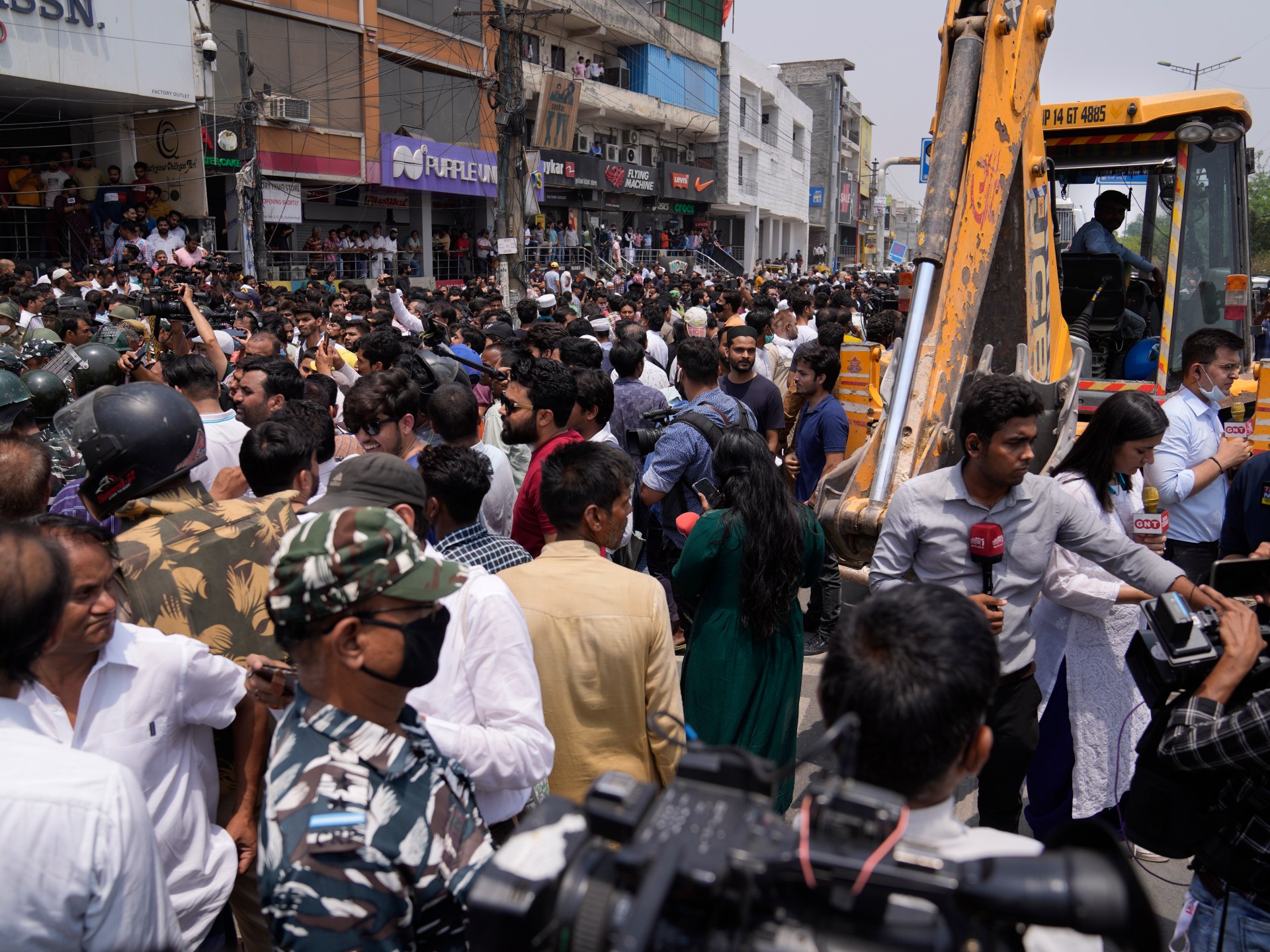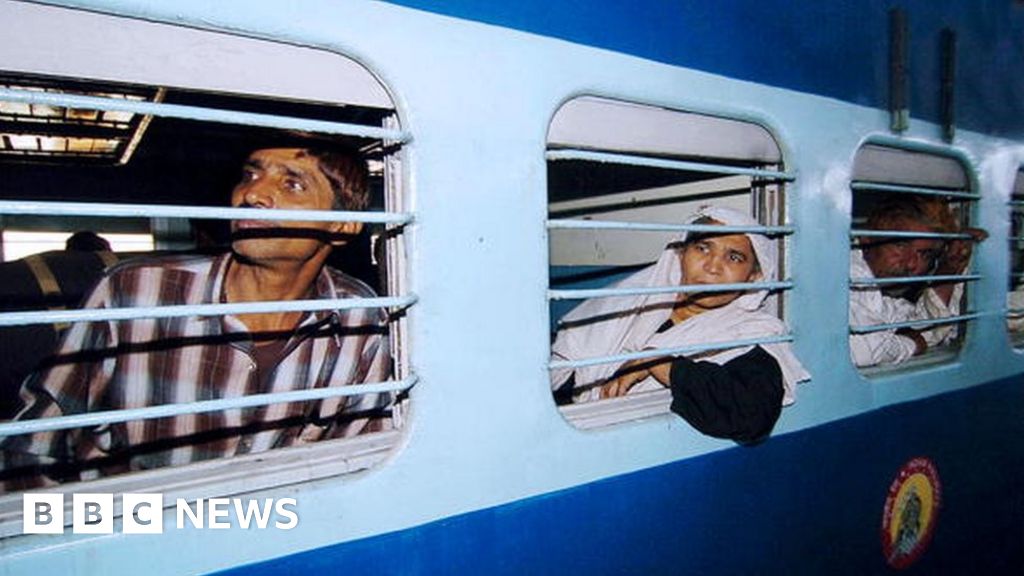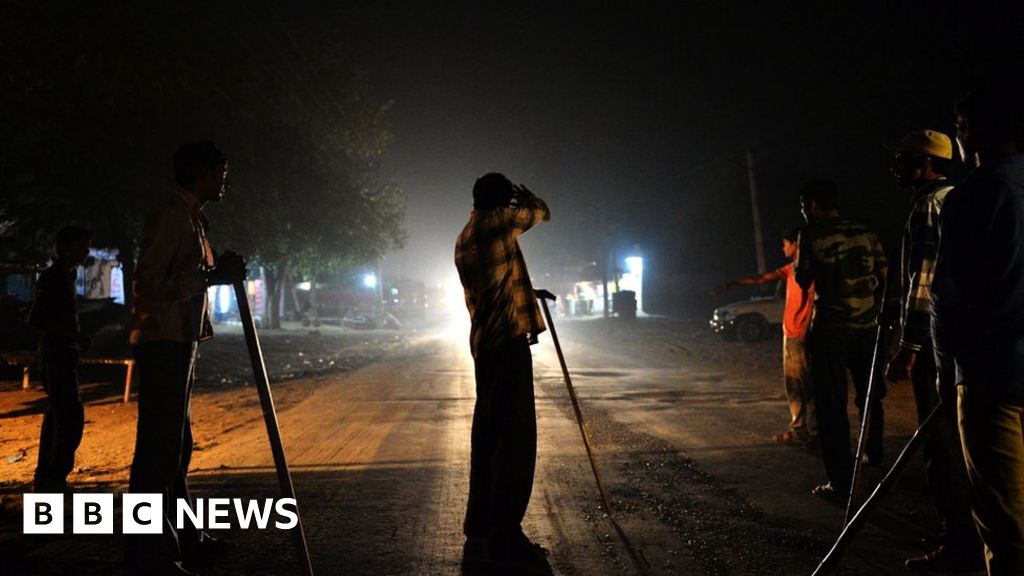- Copy to clipboard
- Thread starter
- #61
Krishna with Flute
Senior Member
- Joined
- Jan 26, 2024
- Messages
- 4,089
- Reaction score
- 1,925
- Points
- 209
- Axis Group

India’s Electronics Production Hits ₹11 Lakh Crore; Exports Top ₹3.25 Lakh Crore | N18V
India's electronics production has surpassed ₹11 lakh crore, with exports exceeding ₹3.25 lakh crore, driven by strong growth in smartphone manufacturing and government initiatives like the PLI scheme#indiaelectronics














